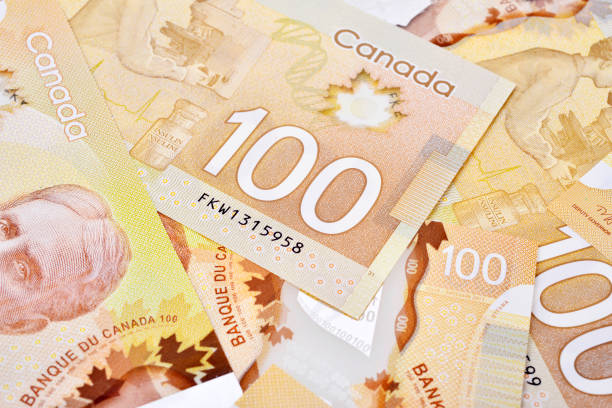
USD/CAD rebounds to near 1.4345 in Tuesday’s early Asian session.
Trump said the Washington Post story that he would pare back his tariff policy was wrong.
Trudeau is expected to announce stepping down as party leader before the national caucus meeting Wednesday.
The USD/CAD pair recovers some lost ground to around 1.4345 during the early Asian session on Tuesday. The US Dollar (USD) pares declined after President-elect Donald Trump said that his tariff policy won't be pared back. Investors will closely watch the development surrounding political uncertainties in Canada. Also, the US ISM Services Purchasing Managers Index (PMI) for December will be in the spotlight on Tuesday.
Trump denied the report that he is considering a tariff plan that will narrow the focus to a select set of goods and services. However, the threats around his tariff plans could trigger the volatility in financial markets until Trump’s inauguration. Investors will monitor how aggressive Trump's tariff policies could be when he takes office.
Meanwhile, the hawkish comments from the US Federal Reserve (Fed) officials could provide some support to the Greenback. Fed Governor Lisa Cook noted on Monday that the US central bank can afford to be cautious with any further rate cuts given an economy that is strong and inflation that has been stickier than expected.
On the Loonie front, Canadian Prime Minister Justin Trudeau is more likely to announce his resignation, but he has yet to make a final decision. A source told Reuters and the Globe and Mail that they did not know definitely when Trudeau would announce his plans to step down but said they expect it would happen before an emergency meeting of Liberal legislators on Wednesday.
Canadian Dollar FAQs
The key factors driving the Canadian Dollar (CAD) are the level of interest rates set by the Bank of Canada (BoC), the price of Oil, Canada’s largest export, the health of its economy, inflation and the Trade Balance, which is the difference between the value of Canada’s exports versus its imports. Other factors include market sentiment – whether investors are taking on more risky assets (risk-on) or seeking safe-havens (risk-off) – with risk-on being CAD-positive. As its largest trading partner, the health of the US economy is also a key factor influencing the Canadian Dollar.
The Bank of Canada (BoC) has a significant influence on the Canadian Dollar by setting the level of interest rates that banks can lend to one another. This influences the level of interest rates for everyone. The main goal of the BoC is to maintain inflation at 1-3% by adjusting interest rates up or down. Relatively higher interest rates tend to be positive for the CAD. The Bank of Canada can also use quantitative easing and tightening to influence credit conditions, with the former CAD-negative and the latter CAD-positive.
The price of Oil is a key factor impacting the value of the Canadian Dollar. Petroleum is Canada’s biggest export, so Oil price tends to have an immediate impact on the CAD value. Generally, if Oil price rises CAD also goes up, as aggregate demand for the currency increases. The opposite is the case if the price of Oil falls. Higher Oil prices also tend to result in a greater likelihood of a positive Trade Balance, which is also supportive of the CAD.
While inflation had always traditionally been thought of as a negative factor for a currency since it lowers the value of money, the opposite has actually been the case in modern times with the relaxation of cross-border capital controls. Higher inflation tends to lead central banks to put up interest rates which attracts more capital inflows from global investors seeking a lucrative place to keep their money. This increases demand for the local currency, which in Canada’s case is the Canadian Dollar.
Macroeconomic data releases gauge the health of the economy and can have an impact on the Canadian Dollar. Indicators such as GDP, Manufacturing and Services PMIs, employment, and consumer sentiment surveys can all influence the direction of the CAD. A strong economy is good for the Canadian Dollar. Not only does it attract more foreign investment but it may encourage the Bank of Canada to put up interest rates, leading to a stronger currency. If economic data is weak, however, the CAD is likely to fall.
* The content presented above, whether from a third party or not, is considered as general advice only. This article should not be construed as containing investment advice, investment recommendations, an offer of or solicitation for any transactions in financial instruments.

